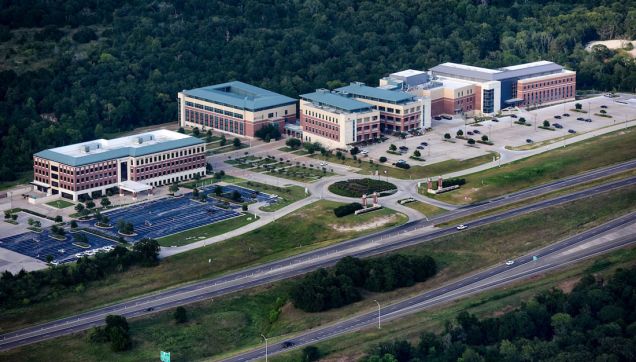Texas A&M University
| |||||
Faculty - IMIL Researchers
|
| “The Evident Discovery Center provides an optimized microscopy environment equipped with advanced laser scanning microscopes and whole imaging systems. The capabilities these systems bring will enable our researchers to make great strides in our ongoing efforts to study human diseases, develop effective healthcare solutions and improve patient care.”―Dr. Hubert Amrein, Senior Associate Dean of Research at Texas A&M College of Medicine |
Systems at Texas A&M | |
FLUOVIEW™ FV3000RS laser scanning confocal system
Enabling the observation and recording of fast phenomena and live physiological events, this hybrid laser scanning unit uses a galvanometer scanner for precision scanning and a resonant scanner for high-speed imaging with a with a large field of view. | FLUOVIEW™ FVMPE-RS gantry multiphoton system
Achieving high-sensitivity, high-resolution imaging deep into biological specimens, the FVMPE-RS multiphoton microscope reveals how cells function and interact within living tissue. Equipped with the gantry system, it provides ample space for large sample in vivo observations. |
VS120 virtual slide scanner
Capturing high-resolution brightfield or fluorescence images of slides for quantitative analysis, the VS120 system is a dependable and robust workhorse designed for high-throughput research and pathology. | |
Not Available in Your Country
Sorry, this page is not
available in your country.





